Table of contents
What is odu?
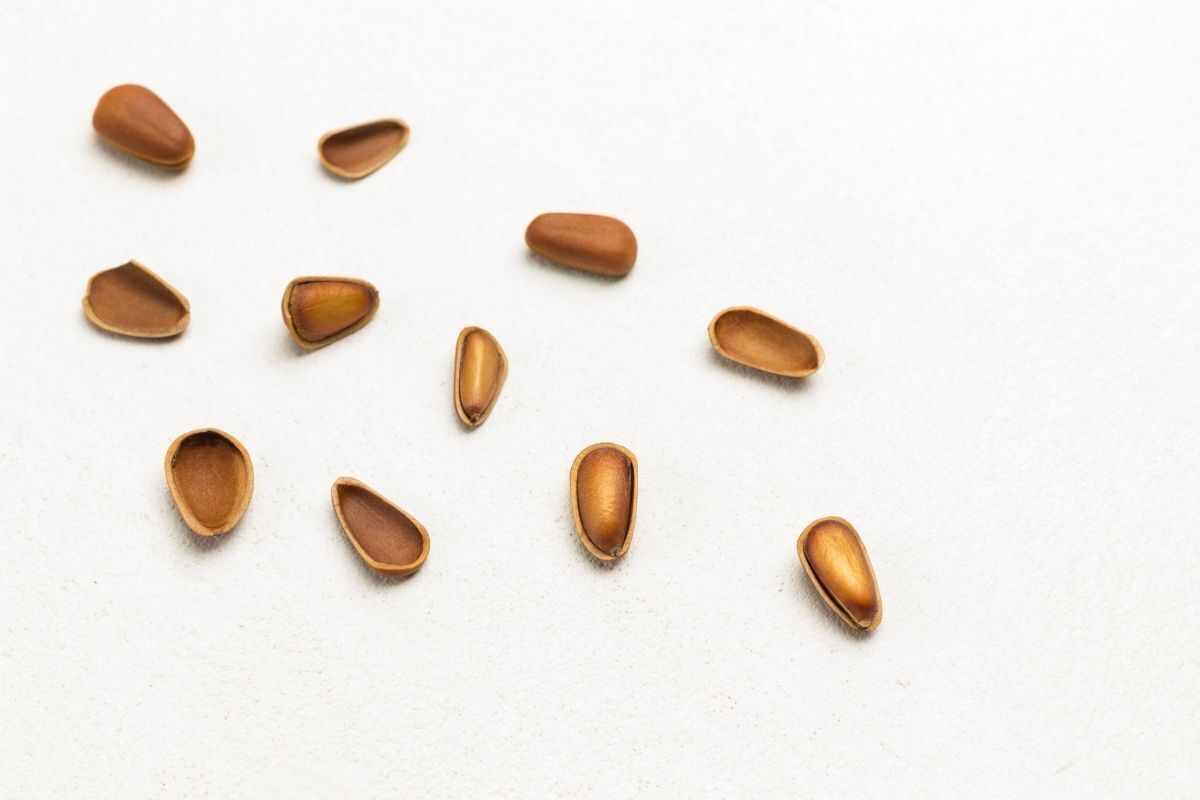
Created by Orunmilá-ifá, the Odus are divinities linked to the Orixás, responsible for the predestination of men in this dimension. Of Yoruba origin, the word means destiny. The mission of the Odus is to govern the paths of men, performing the functions of nature and releasing energy for protection.
The Odus can be positive or negative, ensuring the Universal balance. It is worth remembering that in the religions of African origin, positive and negative do not mean good or evil, but two forces of the Universe that walk in opposite directions.
In this article, find out everything about your Odu of birth from a simple calculation. See also what is stored in your destiny and how to use the power of these entities to bring peace, health and prosperity. Good reading!
Knowing odus
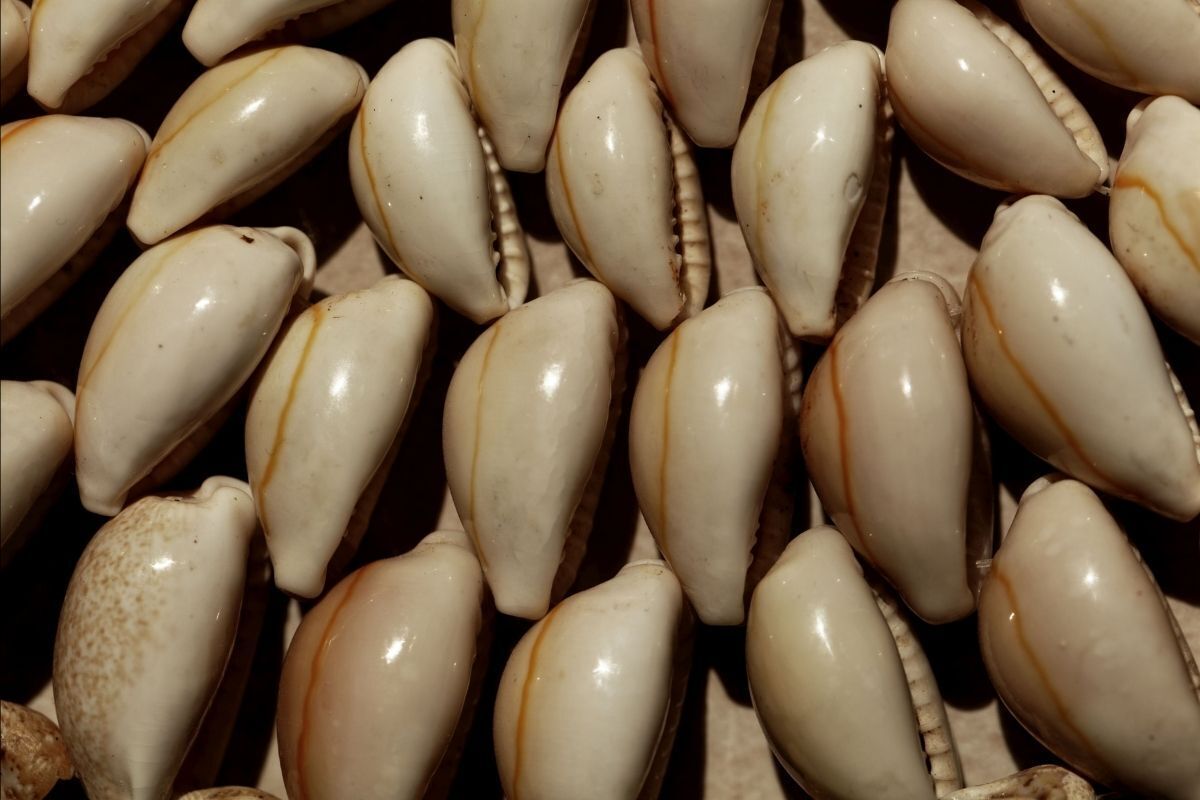
Interpreted and confirmed through the conch (Merindilogum), the Odus form the Ifá Oracle, where the human experiences in this dimension are drawn. In all, there are 16 master or main Odus, each one represented by a conch and can generate more than 256 interpretations. Read on to learn more!
History
Of Yoruba and Nagô origin, the Odus belong to Ifá, the divinatory system of the African religions, and were officially recognized in West Africa around the 1700s. Despite being as old as humanity, knowledge about the Odus and their Ifá depends on the babalaô's interpretation.
The Odus of birth act as a horoscope, but, unlike the zodiac, they are ruled and influenced by divinities. If studied, they can help in self-knowledge and influence some important decisions. The system respects some rules, such as, for example, the characteristics of the Orixà to which it is connected.
Fundamentals
For those who are adept in religions of African origin, the fundamentals are the basis that governs any ritual, from lighting a candle to the game of cowries. The fundamentals are the values that guide the rites of Africanist religion. In the case of the Odus, the fundamentals guide the system of this zodiac, representations of Orixás.
Thus, the interpretations of Odu must follow some rules. For example, Odu can only be interpreted by babalaô or yaô, with developed mediumship, treated vision and deep knowledge of the oracle, besides knowing how to listen to intuition, essential in the interpretation of the cowrie shells.
What is Ifá
Did you know that, in 2005, UNESCO recognized Ifá as Intangible Heritage of Humanity? Despite being very old, Ifá has only now received international recognition as an organized system of the deities of religions of African origin.
Ifá is more than a divinatory system, as it involves mathematics, literature, visual arts and philosophy. It comprises the interpretations of destiny and life, based on 16 Odus. It is in the game of cowrie shells that the Odus manifest themselves, presenting alternatives of conduct and attitudes that promise to help the consulter find his destiny or avoid some stones that appear on the path.
How to calculate your odu
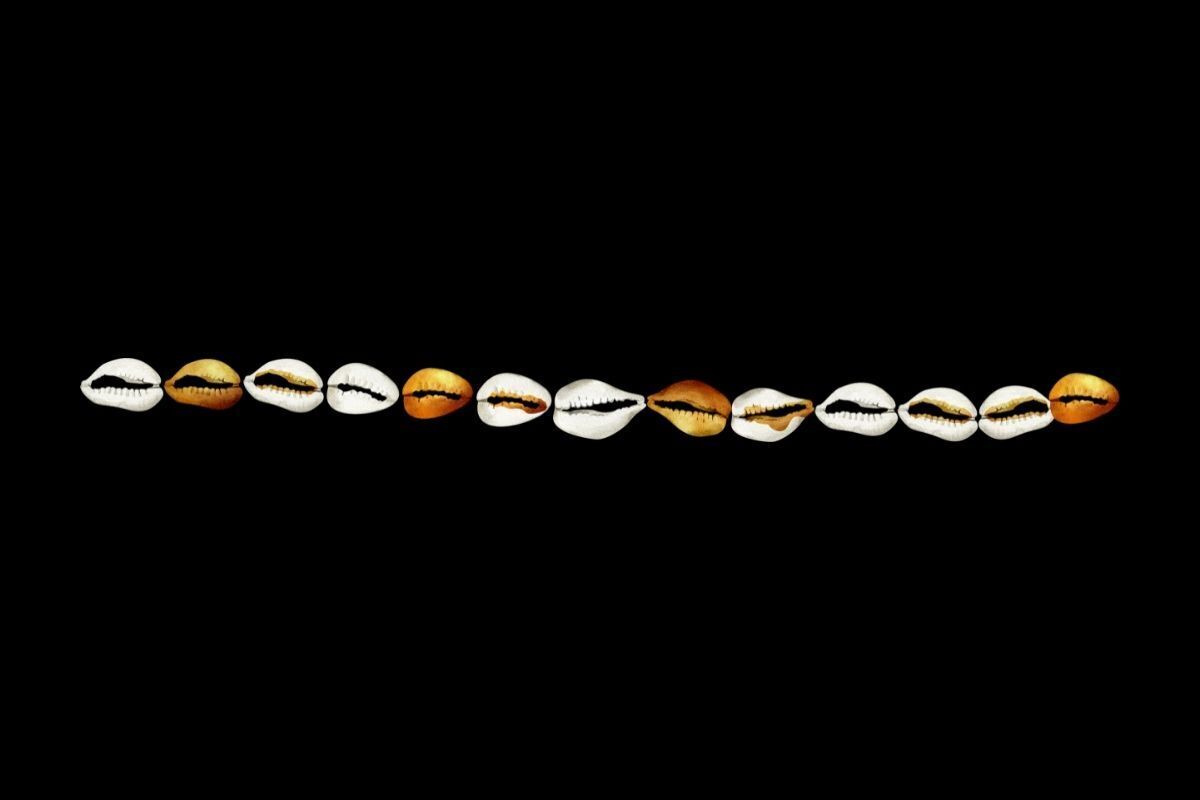
To calculate your Odu of birth, it is important to take into account a few rules. For example, this sum can never exceed 16. Do you want to know why? Find out in this article!
Adding up the date of birth
Despite leading to 256 different interpretations, due to the various conjugations between the 16 Odus represented by the shells or seeds, depending on the "side", the sum of the numbers is simple. Just add each of the digits of the day, month and year of your birth.
See this example: If your date of birth is March 12, 1964, then the sum would be: 1 + 2 + 0 + 3 + 1 + 9 + 6 + 4 = 26.
Since the sum cannot exceed the number 16, then one has to add it again. The sum would give: 2 + 6 = 8. Thus, the result would be the Odu of number 8.
Odu 1 Okanran
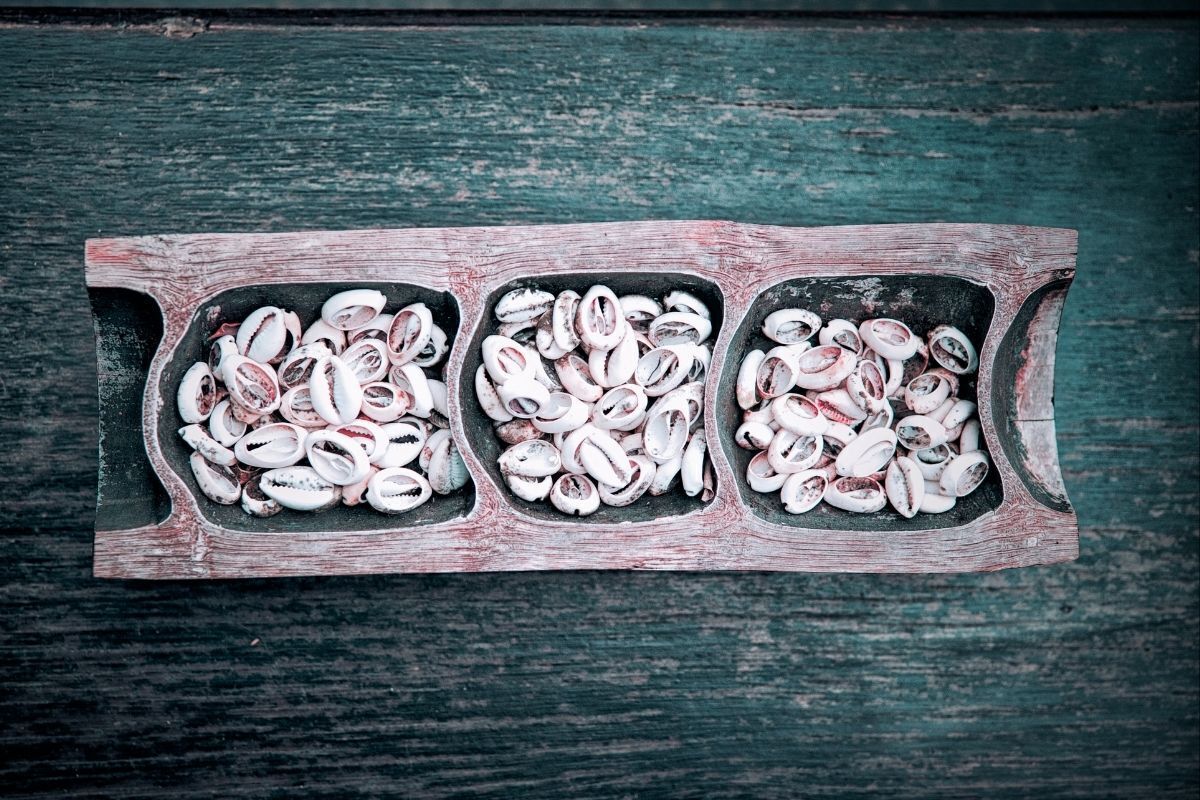
The first Odu of the Ifá Oracle, Okanran is represented in the Merindilogun by an open shell and 15 closed (adding up to 16). It is a feminine Odu, represented by Ibeyjes, and is considered the Odu of movement, noise, tumult and uproar. Considered dangerous, Okanran responds to the cardinal point North - Northeast and rules the larynx, tongue, neck and vocal cords. Check more below!
Regency
Exu is the Orixà that rules Odu 1. He is also responsible for Ibeyji, Osunmare, Omolu and Egun. Legend has it that human speech was introduced by this Odu, as well as all existing languages.
When Okanran appears in the game, the babalaô or yaô should have a small quart of water thrown out on the street. If Okanran Meji is the ruler, a ritual to soften the consulter's personality is recommended.
Color and element
Composed of the elements earth over air, Okanran is the first Odu of the Yoruba Oracle linked to the element of fire. Its colors are black, red and blue. Gifts to Okanran should be delivered in high places.
Okanran also accepts offerings at open crossroads. If you meet these demands on the left side of a cemetery, in a shopping mall, hospital or even a square, the offering will be enhanced.
Features
People under the influence of Okanran are usually intelligent, versatile and passionate. They have enormous potential for magic and great luck in business and relationships. As it is Exu who rules this Odu, Okanran natives are very suspicious. They are creative, persistent and have a great memory.
Like everything in the universe, this Odu has its positive and negative sides. When in Ire (initiation into candomblé, with head shaving), it can indicate religious vocation, sexuality and virility, progress and sudden enrichment. When in Osogbo (negative and to maintain balance), it can indicate religious fanaticism, theft, imprisonment and total ruin.
Odu 2 Ejiokô
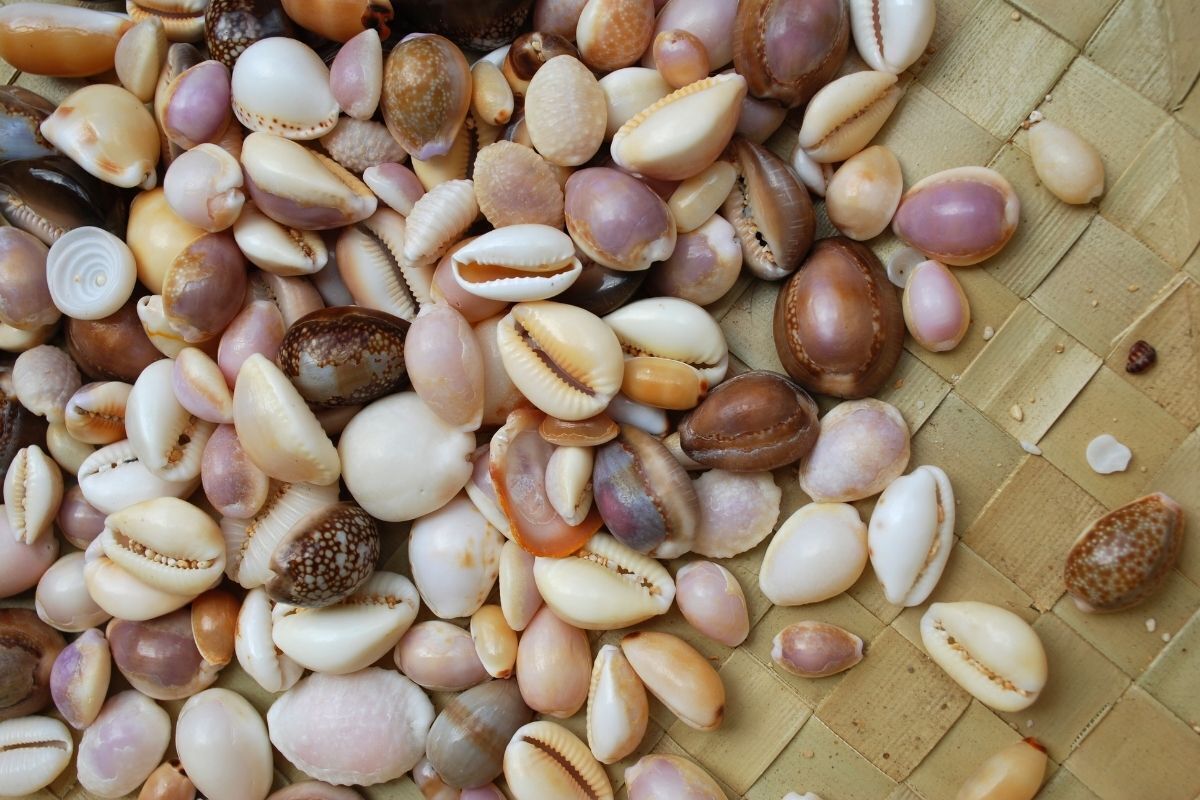
Two shells opened by nature and 14 closed: this is how the Odu Ejiokô is represented in Merindilogun, responding to Ibeji and Oxalufan. However, who commands is Oxalá, protector of children (Ibejis). It corresponds to the cardinal point West - Northwest. Learn all about it below!
Regency
Ruled by Ibeji and Obá, Ejiokô, by order of Ofun Meji, created the earth and the mountains. The following are responsible for Odu 2: Omolú, Ogun, Xangô, Obatalá, Oduduwa, Ossain and Ibeyji (twin orixás).
When Ejiokô appears in the first fall of the game, it means mediumship and inclination to the occult sciences. In the other falls, it means pregnancy or indecision.
Color and element
Ejiokô responds to all shades of red and black, especially in shades with transparency and luminosity. This Odu also accepts prints in red and black. Its tree is the cedar, and its animal is the tiger.
This Odu is connected to the air element, although it is composed of the earth element over the air with earth predominating. Its offerings should be made in the woods, near a clean stream.
Features
Natives of Odu 2 are cheerful and good-hearted people. As a positive aspect, there is a tendency for unexpected happiness, great triumphs and good personal and professional partnerships. Their mission is evolution.
Regarding negative aspects, those born under the rulership of Ejiokô suffer from late life, big eye, envy, separation, frigidity for women and impotence for men. They are very susceptible to spells and witchcraft.
Odu 3 Etáogundá
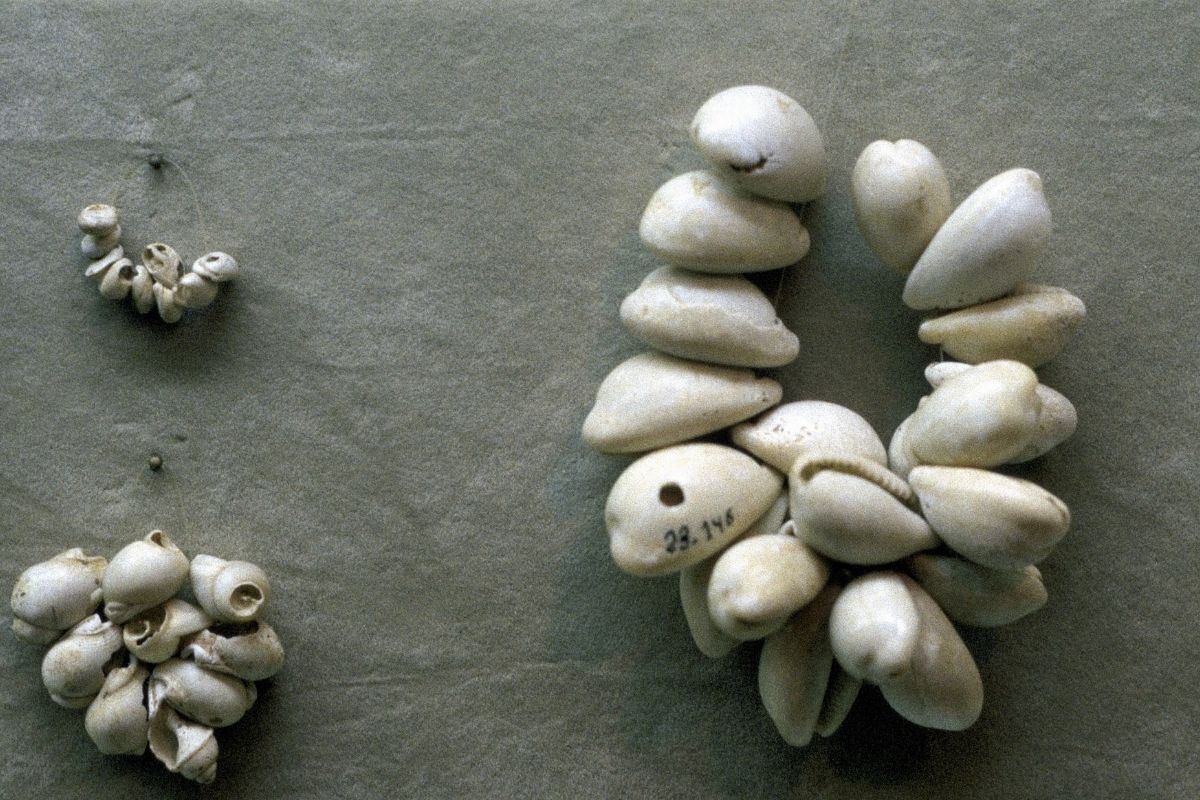
Known as the Odu of obstinacy, Etáogundá answers to Ogum and is represented by 3 open and 13 closed shells. In this Odu, Ogum's seven tools were created, which are the hammer, sickle, sword, torques or anvil, machete, shovel and pickaxe. Check more below!
Regency
Despite being ruled by Obaluaiê, under the sword of Ogum, those who answer for Etáogundá in the game of shells are Ogum, Xangô, Obatalá, Oxossi, Ibeyjis, Babá Oke, Elegbara and Egum. This Odu symbolizes victorious situations.
It was under the care of Etáogundá and under the command of Xangô that Obaluaiê acquired the gift of divination, becoming King of Akará. Akará, in Yorubá, means fireball, which is Xangô's favorite food and gave origin to the acarajé.
Color and element
Blue or dark green are the colors that represent the third Odu of the Ifá Oracle. Composed with fire element over air, its essential element is earth. Its herbs are peregun and myrrh, which have aphrodisiac properties.
His gifts should be in the shape of a triangle and always offered in clean woods and high up. If you want his protection, you can imitate his stone, which is the sapphire.
Features
Being one of the most respected Orixás and owner of Odu 3, Ogum is the lord of war and master of the paths. Ogum's children are persistent and hardworking, obstinate with their own destiny.
With a fair heart and an objective mind, its members are courageous and usually have a great capacity for production and achievement. However, when in Osogbo (negative), it can face betrayal, conflicts and fights in the family.
Odu 4 Irosun
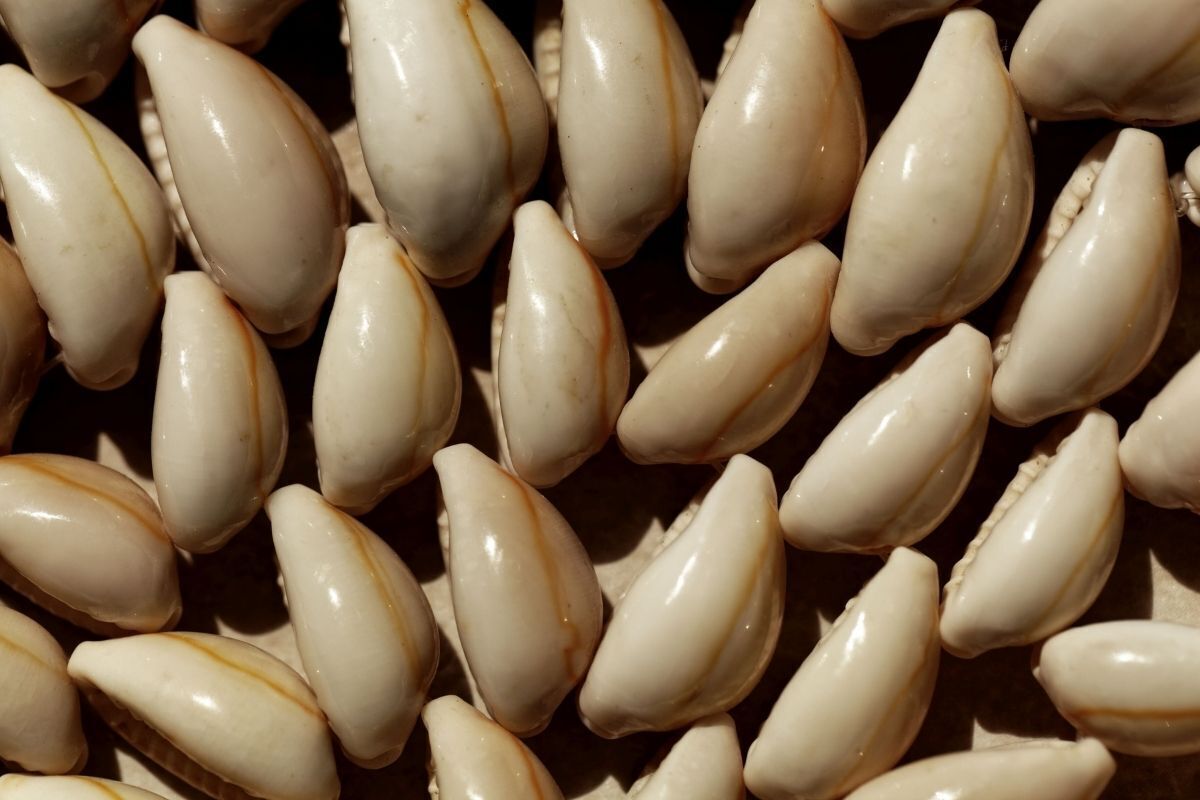
Masculine and corresponding to the Northeast cardinal point, Irosum is the Odu of calm. In Merindilogun, following the logic of the Ifá Oracle, Irosun is represented by four open shells and 12 closed ones. In the first fall, it responds to Omulu, Yemanjá and Egun and shows spiritual leadership. Follow more details!
Regency
Irosun is ruled by Yemanjá, with influence from Yansã, Oxóssi and Egun. According to African mythology, Irosun created all the graves and catacombs on earth and is the owner of all the holes. Hence his connection with Omulu and Egun.
His archetype is represented by two concentric circles that represent the DO (hole). In the game, who answers for the fourth Odu of the Ifá Oracle are Oyá, Oxossi, Obaluaê, Ossanhe, Yemanjá, Xangô and Egun.
Color and element
Those born under the rulership of Odu 4 are forbidden to wear red clothes, shoes, accessories or any other red object. This is because the colors of Irosun are precisely red and orange, and reserving these tones for the Odu as a sign of respect is common in African religions.
Composed of the element fire over earth, with predominance of fire, Irosun means scarcity. But it is worth remembering the strong connection of this Odu with Oxum through menstrual blood.
Features
Priestly inclined, those ruled by Irosun have great wisdom about the mysteries of life and the occult. Its positive side indicates great victories, success, bright future and success in the family environment.
On the other hand, its negative lake represents danger of accidents, illness in the family, loss of money and lack of resources. It can also indicate slander, envy and gossip. Because it has direct connection with Egun, it can point to problems with ancestors.
Odu 5 Oxé

Considered the Odu of brightness, Oxé or Òsé, as he is better known, was generated by five mirrors, a large yellow cloth and a white flag, on the banks of a river. It is the Odu of peace, love, prosperity and fertility. Check out its characteristics below!
Regency
Oxum, with the influence of Yemanjá and Omulu, is the ruler of Odu 5. But, in the game, who answers for Òsé are Oxum, Orunmila, Omolu, Logun-Edé, Yemanjá and Age.
Represented in the Merindilogun with five shells opened by nature and eleven closed, it also answers to Òsé in the first fall, and Iami or Iami-Ajé. Iami is the sacralization of the mother figure, and its power is due to the fact that it holds the secret of creation.
Color and element
Òsé does not have a set color, but requires that three colors be presented together, whatever they may be, in his rituals. However, it is not recommended that those born under Odu 5 wear very colorful clothing.
Its element is water, whether fresh or salt, since Òsé is governed by Oxum and Yemanjá. It is a masculine Odu and is represented by a crescent moon with both ends facing down.
Features
Recovering lost things, rising wealth, and great intuition are the main characteristics of natives of Òsé. People under the rulership of this Odu possess great powers for sorcery. If Òsé commands the Ori (head), the person has a tendency toward mystery, charm, and pleasures, as well as above-average intelligence.
On the negative side, the children of Òsé are resentful. Even if, first, crying comes, through the influence of Oxum, revenge soon follows. There is also a tendency to have serious mental illnesses which, however, can be treated.
Odu 6 Obara
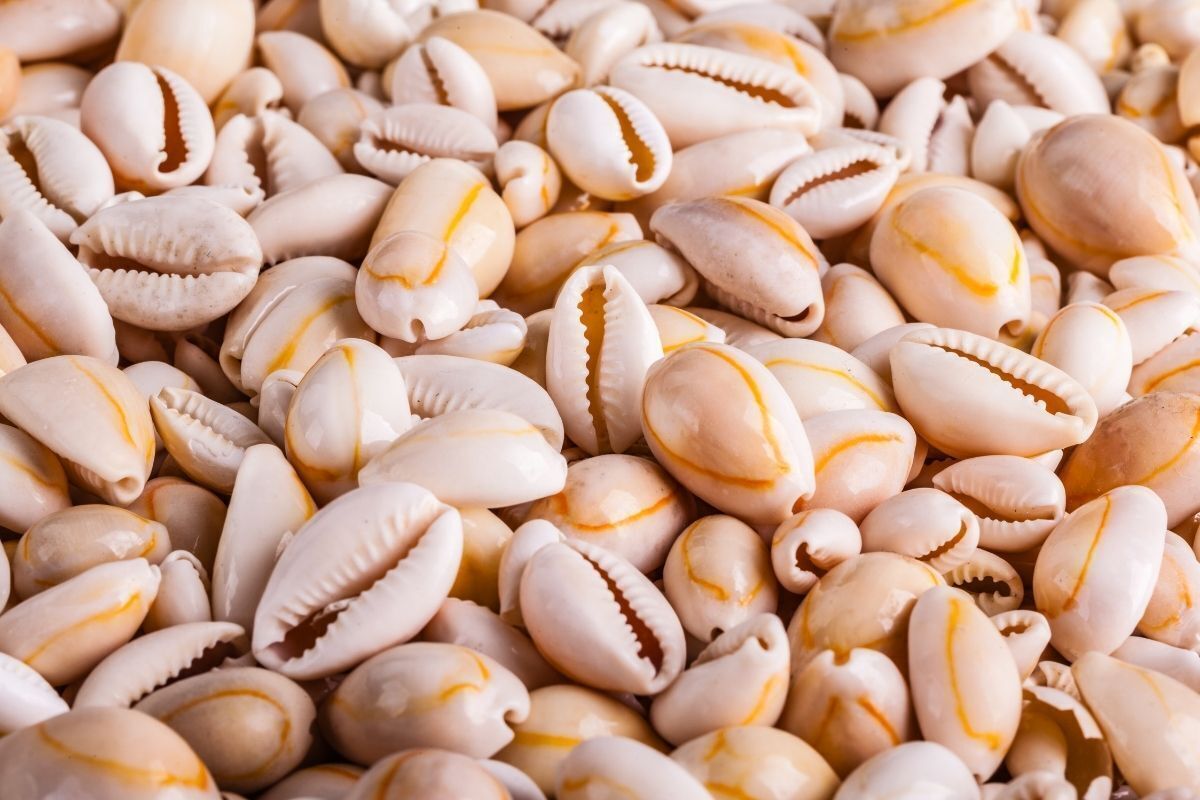
Opening the sixth house of the Ifá Oracle, Obará is the Odu of gold, prosperity and wealth. Legend has it that Obará was conceived and born from a block of gold. This Odu is worshipped, even though it is not present in the cabala, because it represents progress. Learn more about its aspects!
Regency
Governed by Xangô and influenced by Exu, Oxossi, Logun-Edé and Ossanhe, the sixth Odu of the Ifá Oracle is represented by six open shells and 10 closed ones. In the first fall, Xangô, Yemanjá, Iansã, Oba Ewá and Ipori are responsible for it.
Ipori is one of the three elements that constitute the soul and represent the energy of the ancestors. Obará is one of the few Odus that do not govern the human body. It expresses the strength and power of the human race.
Color and element
Being a masculine Odu composed of the element air over earth, with air predominating, Obará corresponds to the South-Southeast cardinal point and does not rule the human body. Represented by a rope in reference to power, it has the colors violet and light blue.
His element is fire. Requests and offerings to Obará can be empowered if made on a Wednesday of a full moon. His greeting must be spoken aloud, for Obará is deaf.
Let us salute Obara Meji. He is the clay that makes. Dry our sweat.
Features
People born under Obará are joyful, festive and full of spirituality. Besides, they are usually physically and mentally healthy. Obará is the Odu of success and prosperity, so it cannot be dispatched.
Their gifts should be rich and abundant and can be delivered on a high stone in the forest. The offerings are powerful for opening paths and alleviate the negative side of the Odu. In Osogbo, the natives of Obará are prone to experience wars and conflicts, especially in the family of the saint.
Odu 7 Odi
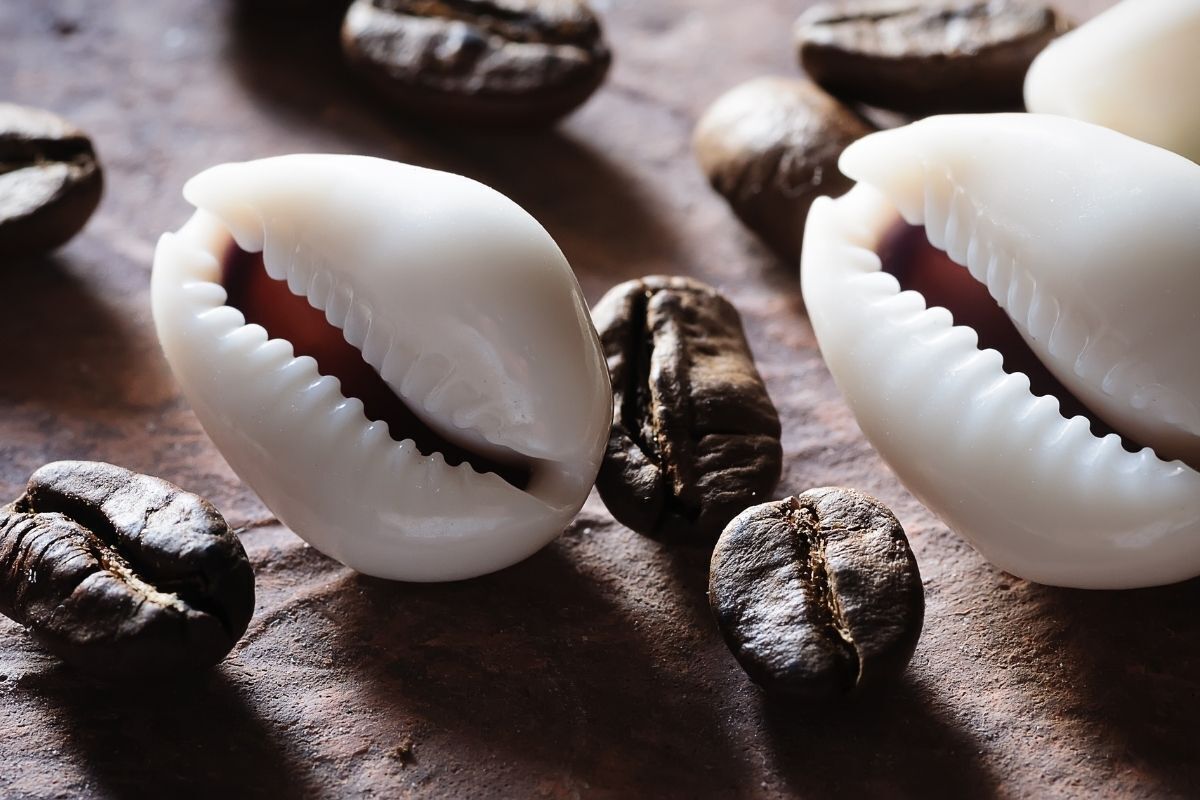
In the numerical order of the traditional Ifá Oracle, Odi is the fourth Odu of Merindilogum. It is a powerful and dangerous Odu. Already in the first drop of the game of shells, it answers for Odi, Exu, Ogum, Oba and Oya. It corresponds to the cardinal point North and is a female Odu. Learn all about it below!
Regency
Odi is represented in the Ifá Oracle by seven open and nine closed shells. Its ruler is Obaluaê, with influences from Omolu, Exú, Oxossi and Oxalufã. Odi rules the female sexual organs, bones and teeth.
In the game of cowries, Omolu, Exú, Obatalá, Ogun and Age answer for him. His esoteric representation is a circle divided in half, representing the female sexual organ, from which Odi was born. Odi also has a close connection with the "Kenesis".
Color and element
Odi brings together the four elements under his power. However, it is the earth element that stands out the most, despite having in its composition water with air predominance, which means renewal.
His color is black. The chickens, the whales, the gourd, the karma, the ibis (snails) and all the fish of the sea belong to him.
Features
Luck, fortune and great loves are what Odi offers to those born under this Odu. So, make an offering in a bowl or a bucket with gifts, always on the count of seven, to open your paths.
Odi natives are cheerful and helpful. Odi also points out that you will be a person of great influence. However, if you are in the negative, Odi is considered the Odu of violence and can symbolize failure in all areas of life.
Odu 8 Ejionile
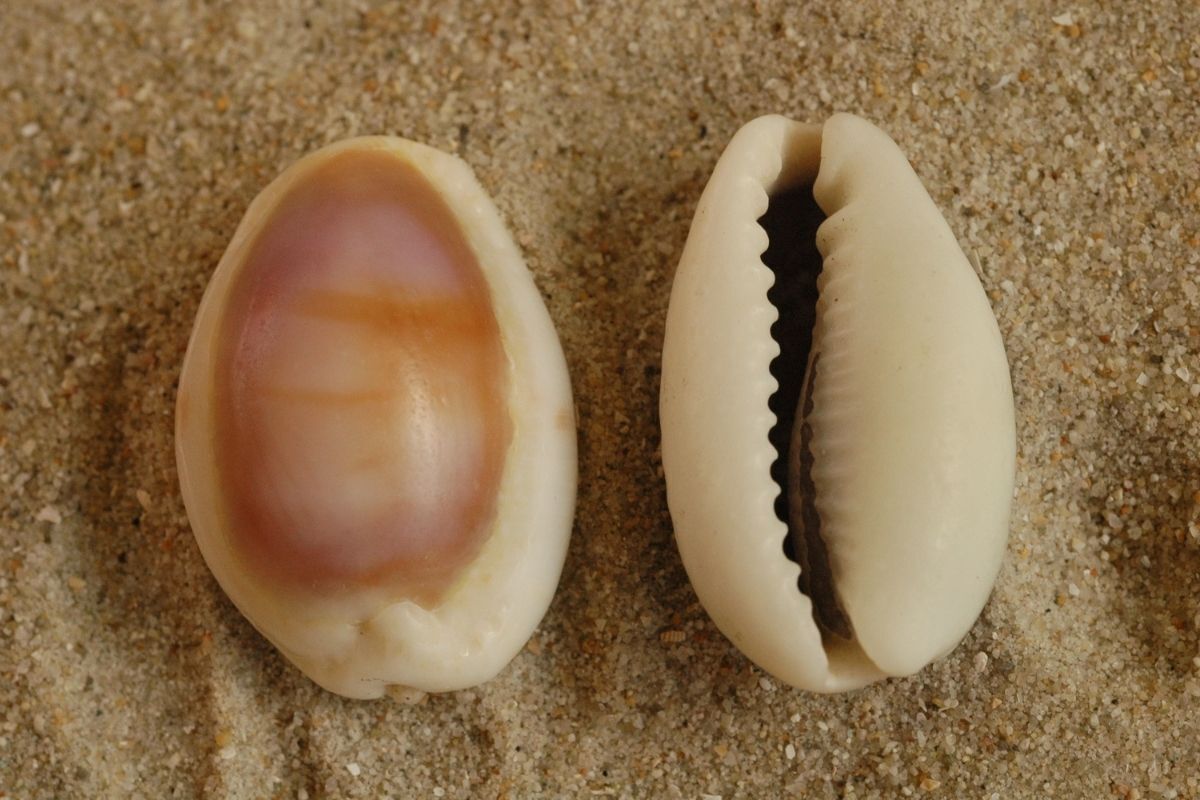
The oldest Odu of the Ifá Oracle, with the exception of Ofum, from whom he was begotten, Ejionile is considered the father of the other Odus. Supreme owner of the day, he is responsible for the Earth's rotation. Check out his characteristics below!
Regency
Oxaguiã is the ruler of this Odu. But, in Merindilogun, where Ejionile is represented by eight open and eight closed shells, who answers for him are Obatalá, Xangô, Ayrá, Ogun and Omolu.
Ejionile rules the breath, the lungs and the spine. This Odu controls the seas, rivers and mountains.
Color and element
The colors of Ejionile are white and baby blue, and its element is air. However, the old Odu is connected to the power of fire, the sky and the sun. It is a masculine Odu, considered the hottest of all and known as the Odu of uneasiness.
It is a masculine Odu, represented by a white circle, and corresponds to the cardinal point East. Ejionile has the energy of life and death.
Features
Independence and determination are the hallmarks of the personality of those born under Ejionile. They have great spiritual protection, are honest and dedicated. They also possess great intellectual development.
However, when in negative, there is a lot of negativity, violence and anger. Ejionile is known as the "hothead" Odu of the Ifá Oracle.
Odu 9 Osá
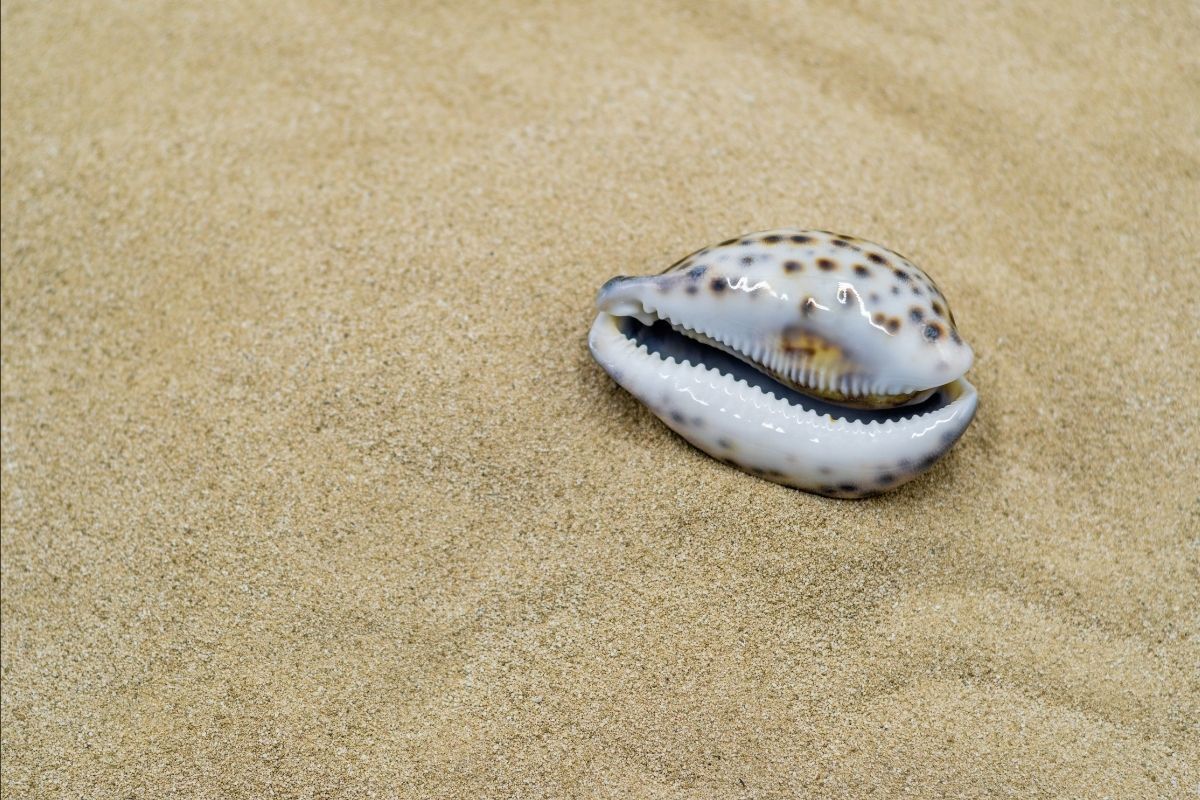
Represented in Merindilogun by nine open and seven closed shells, Osá is the one who presides over the evocation of the other signs of the Opon Ifá (wooden tray for playing cowrie shells). This Odu is considered the symbol of the female sorcerer power. Learn more below!
Regency
The ruler of Osá is Iansã, with influences from Xangô, Ossanhe and Oxossi. Owner of the blood, Osá rules all the internal organs of the body. He is also the receptacle of the great reincarnations of witches and sorceresses.
In the game of conch, who speaks for this Odu is Yemanjá, Olokun (deity of the sea), Xangô, Aganju, Oba, Obatalá, Elegbara and Egun. To Osá are also attributed all the animals connected to witchcraft and black magic.
Color and element
Every day of the week is a good day to honor Odu 9. But Thursday and Friday should be avoided. It is composed of the element of water over fire, and its essential element is water.
Its colors are red, orange, wine, white and silver. Esoterically, the ninth Odu of the Ifá Oracle is represented by a human head on a waning moon, symbol of female sorcerous power.
Features
The main positive characteristics of Osá natives are spiritual elevation, mediumistic and parapsychological powers. Therefore, those ruled by Os'a tend to be great priests.
Under a negative aspect, this Odu has feared the influence of Egungun, which are the spirits of important disincarnate people, which can bring strong negative energy. They are also prone to financial difficulties and a lot of debts.
Odu 10 Ofun
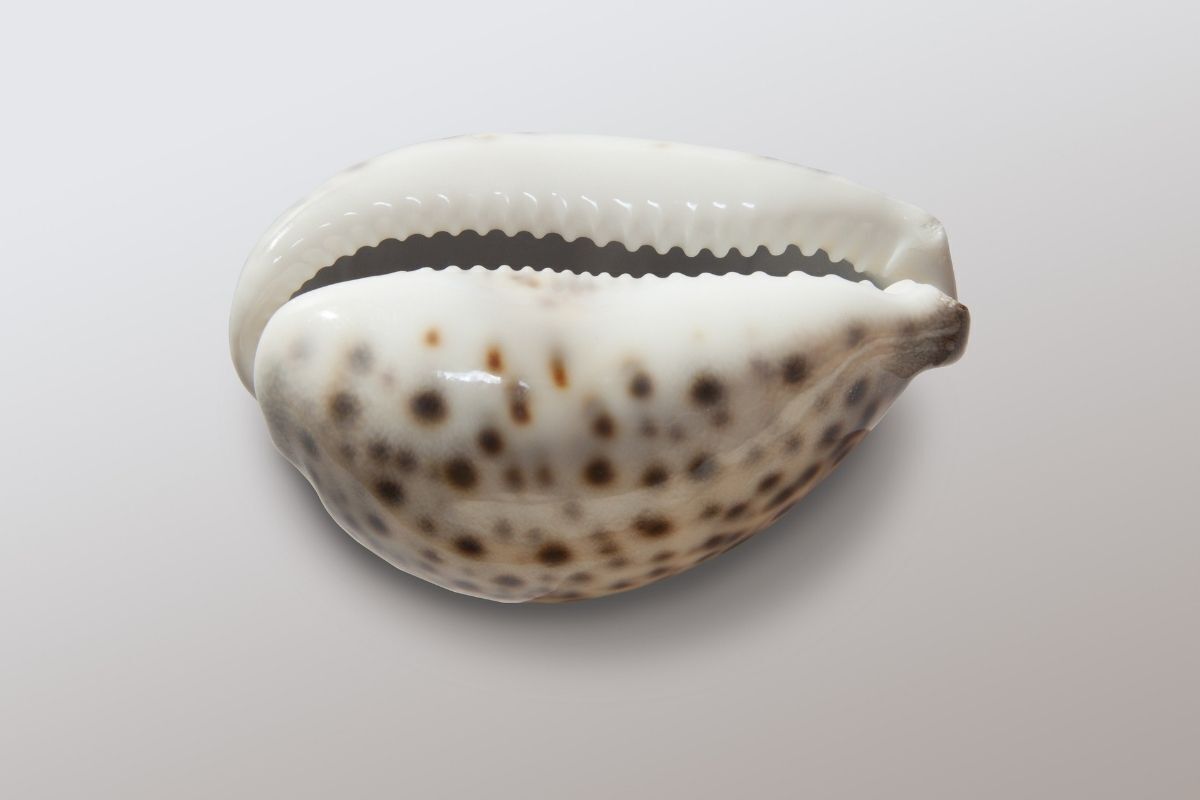
Mother of all Odus and therefore of Creation, Ofun is the Odu of life and death, of the hidden and the revealed. Therefore, it has the power to resurrect the dead. Together with Osá and Irosun, it commands menstruation. Next, let's talk about its colors, elements and characteristics!
Regency
With 10 open and six closed shells in the Merindilogun, Ofun is ruled by Oxalufã with influence from Xangô and Oxum. On the shells, who answers for him are Oduduá, Obatalá, Oxum, Elegbara, Babá-Egun, Iroko, Kposú and all the Funfun Orixás.
The Funfun Orixas are the first Orixas created by the Supreme. Ofún is a female Odu that owns everything that moves. It is so powerful that in some Ilês, its name is not uttered.
Color and element
Ofún is composed of the element of water on water, indicating solidarity. However, its essential element is air. Its predominant color is white, but depending on the occasion, it can accept blue and violet.
Esoterically, it is represented by an egg on which are inscribed, on the right, vertically, twelve points in superimposed pairs and, on the left, four superimposed horizontal lines. These symbols represent the Odu Ofún itself, involving all the other Odus of the Ifá Oracle.
Features
On the positive side, Ofún's qualities are prosperity, wealth, calmness and wisdom. Natives of this Odu are charitable, caring and patient and are very empathetic.
In negative, being very strong and powerful, this Odu brings financial problems, demoralization and sadness. Thus, its natives are observant and stubborn.
Odu 11 Owanrin
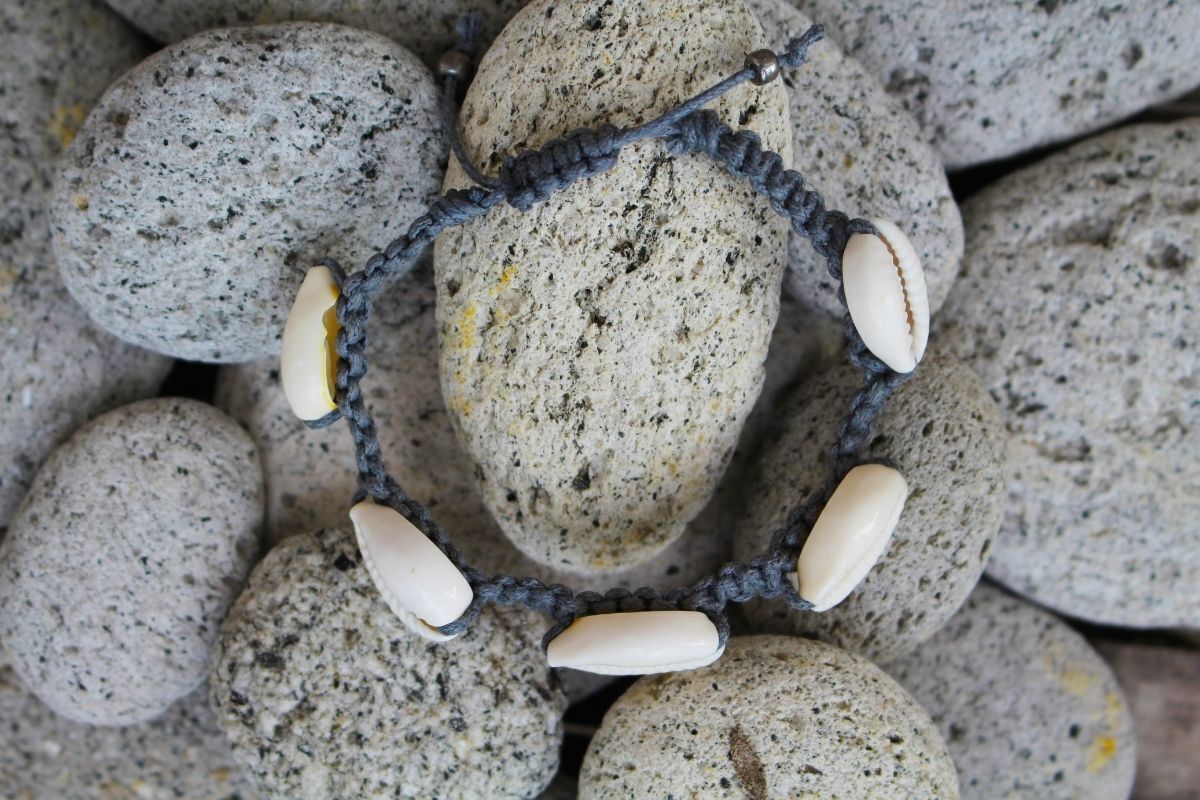
Extremely connected to sexuality, Owanrin is feminine and corresponds to the cardinal points West-Southwest. In Merindilogun, it is represented by seven open shells and 11 closed shells. Check out its main characteristics below!
Regency
Odu Owarin is ruled by Yansã with influence of Exú, Ossanhe and Egun, but in the game of cowrie shells, it is Yemanjá, Yewá, Logun-Edé, Obaluaê, Oxum and Oxossi Inlê. Owarin is the owner of the abdomen, hands and feet.
Esoterically, this Odu is represented by two overlapping triangles, in the middle of which there are three points forming other triangles. Owarin is creator of mountains and rocks is also called the Odu of haste.
Color and element
Owarin's colors are always warm and depict lust, such as red and gold. He is the creator of colors and print. In his esoteric symbol, the triangles, each end has a different color.
Besides, always adding 6 different colors, no matter what they are, gives the idea of mixture and nuance. Owarin indicates protection, being composed by the elements earth over fire, with earth predominating. Its essential element is fire.
Features
Those born under the Odu Owarin are endowed with fertile imagination, good health, long life and lots of energy. Always restless and on the move, natives of this Odu can suffer from bad influences and lack of faith, which can cause great financial difficulties.
When in the negative, Owarin can indicate serious diseases in the region of the abdomen and sudden death. The eleventh Odu of the Ifá Oracle has a direct relationship with Iku (death, during the night) and Gbé, life, during the day.
Odu 12 Ejilaxeborá
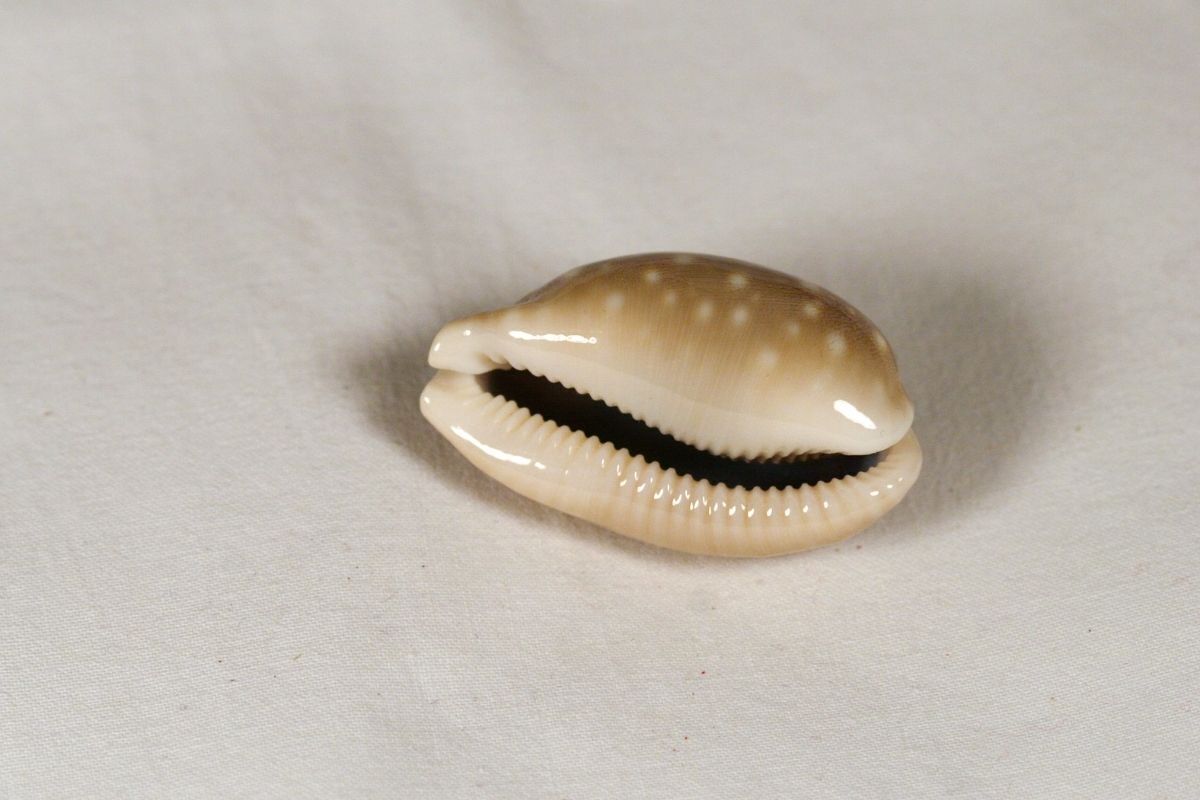
Better known as Ejilasegbora Êjilaxeborá, this Odu occupies the twelfth house of the Ifá Oracle and is represented in the conch game by 12 open shells and four closed ones. The Odu of justice has great connection with the four elements and with communication. Check it out!
Regency
Ejilasegbora Êjilaxeborá has as ruler Xangô, with influence from Logun edé and Yemanjá. In Merindilogun, who answers for him are Xangô, Ogun, Oxossi, Iroko and Obatalá. In the first fall of the game, also answers Ayra, one of the servants of Xangô.
The Odu corresponds to cardinal point South, of which it is also ruler in conjunction with Ejionile in the east and Oyeku or Ologbon in the west.
Color and element
Although it is composed of the elements water over air, the essential element of Odu 12 is fire. Its colors are red, white, brown and metal.
Ejilaxeborá symbolizes the union of two, the link between heaven and earth, the path between the two planes and the duality between the material and the spiritual. Its name means "to cut off heads" since it is connected to the death of the physical body.
Features
Natives of the 12th Odu are generally nice, pleasant and polite people. However they are very controlling financially. With great spiritual capacity, they are helpful and caring, but can have moments of arrogance.
Owarin in the negative makes agony, restlessness and insomnia. The eleventh Odu of the Ifá Oracle also represents a deep tendency towards alcoholism. It is a strong and justiciar Odu as it coordinates the 12 ministers of Shango.
Odu 13 Ejiologbon
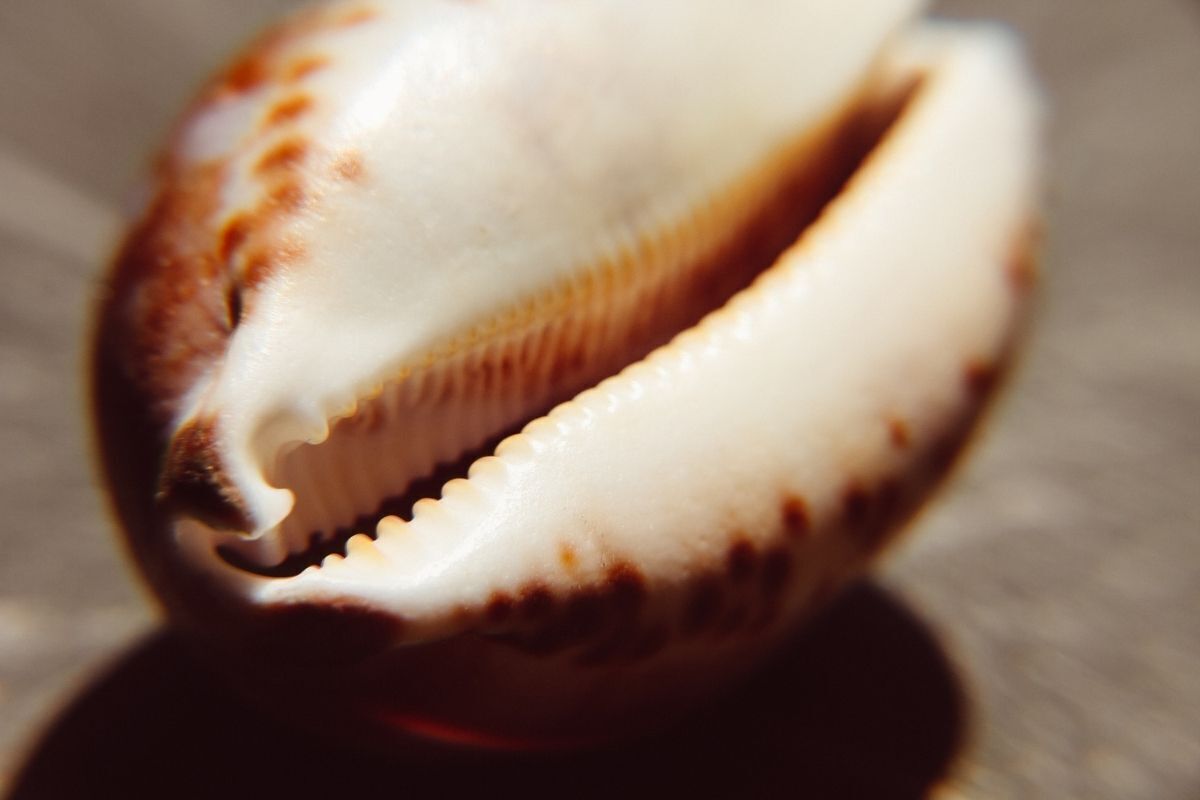
Considered one of the oldest Odus in the Ifá Oracle, according to some scholars of Yoruba mythology, Ejiologbon lost its place to Ejionilê. This is because, according to the mythology, darkness existed before light, and Ejiologbon is the Odu of death. Check out the characteristics of this Odu below!
Regency
With three open and 13 closed shells, Ejiologbon is considered the true Odu of Nanã, the oldest Orixá of the religions of African origin that participated in the creation of the Universe.
This Odu is ruled under the influence of Obaluaê and who answers for it in the game of conch are: Nanã, Yami Osorongá (synthesis of feminine power), Omolu, Osá, Olokun, Oyá, Ogun, Exu, Egun and Ori (represented in the game by Osá). This Odu rules the legs and the spine.
Color and element
Corresponding to the cardinal point West, Ejiologbon has earth as its essential element, and its powers can be enhanced with black pearl and smoky quartz, which are excellent catalysts of positive vibrations of this Odu.
Its colors are black, pearly white and silver gray. It is esoterically represented by an all black circle and is a feminine Odu.
Features
Because it represents the cycle of life and its influence on agriculture, Ejiologbon gives its natives the gift of handling the earth. The natives of this Odu prefer to live in a community and usually overcome difficulties easily.
They are hardworking, honest and resigned people. When inclined towards religiosity, they possess the gift of healing. However, if negative, Ejiologbon can bring serious family problems and cutbacks both in the financial area and in relationships.
Odu 14 Iká
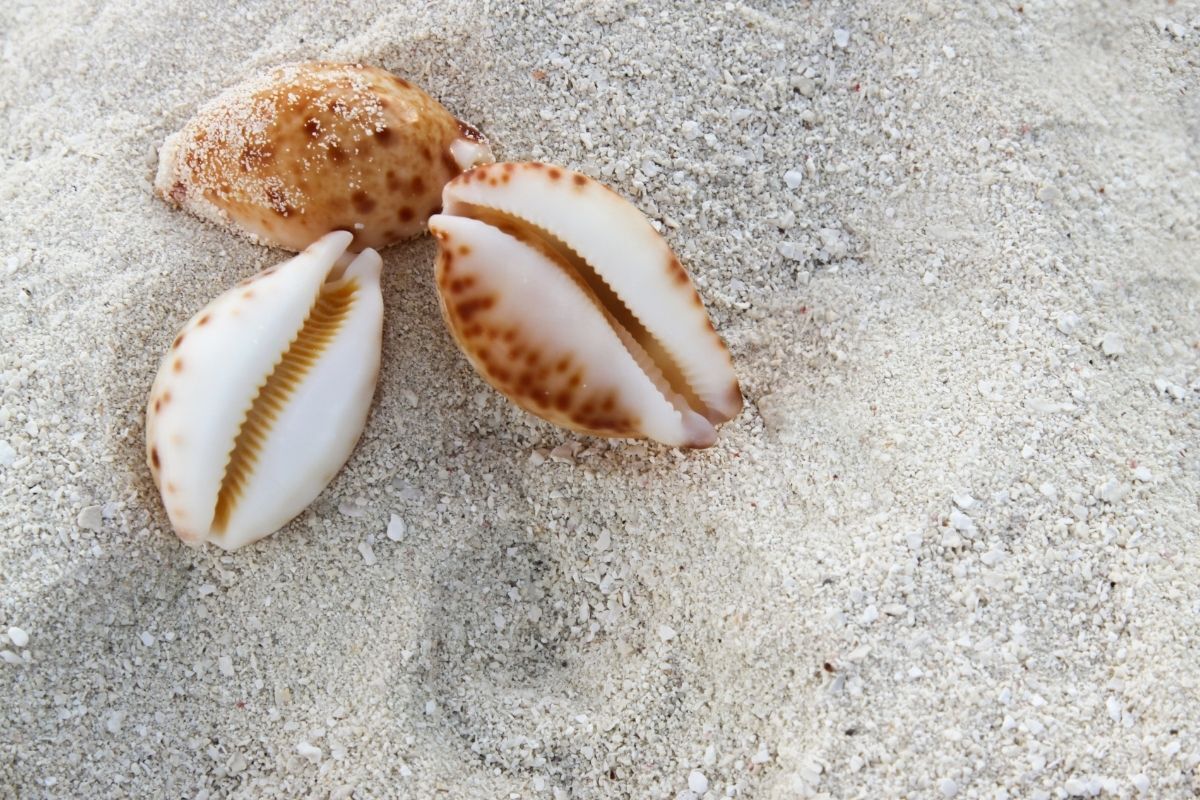
Iká is the owner of wisdom and created universal piety and love. It is a masculine Odu, rich and promising. If you are a native of Iká, keep reading and find out what are its colors, its elements and its characteristics!
Regency
Ruled by Oxumarê, with influence from Ossanhe and Nanã, Iká is represented in the game of conch shells by 14 open shells and two closed ones. On the first fall of the conch shell, Oxumare, Osain, Logunede and Ibeji answer.
In the other falls, who answers for this Odu are Oxumarê, Xangô, Ogun, Yewá, Age, Oxalá, Egun, Iroko and Ibeiji. In the human body, Iká is responsible for the chest and its protection.
Color and element
Composed of the elements water over earth, Iká's essential element is water. Esoterically, it is represented by a serpent, for it is the protector of cold-blooded animals.
His colors are red, black and blue. It is worth remembering that his gifts should always be deposited at the edge of waterfalls and should be placed in contact with the two elements, earth and water.
Features
Helpful and pleasant, Iká natives are confident, resilient, sensual, vain and beautiful people. They possess the power of seduction and also have a talent for magic and great spiritual strength.
In Osogbo, Iká indicates demands, losses, disagreements, and conflicts. At the extreme of negativity, Iká may indicate diseases such as muscular atrophy and inflammation, skin diseases, and hemorrhage.
Odu 15 Obéogundá
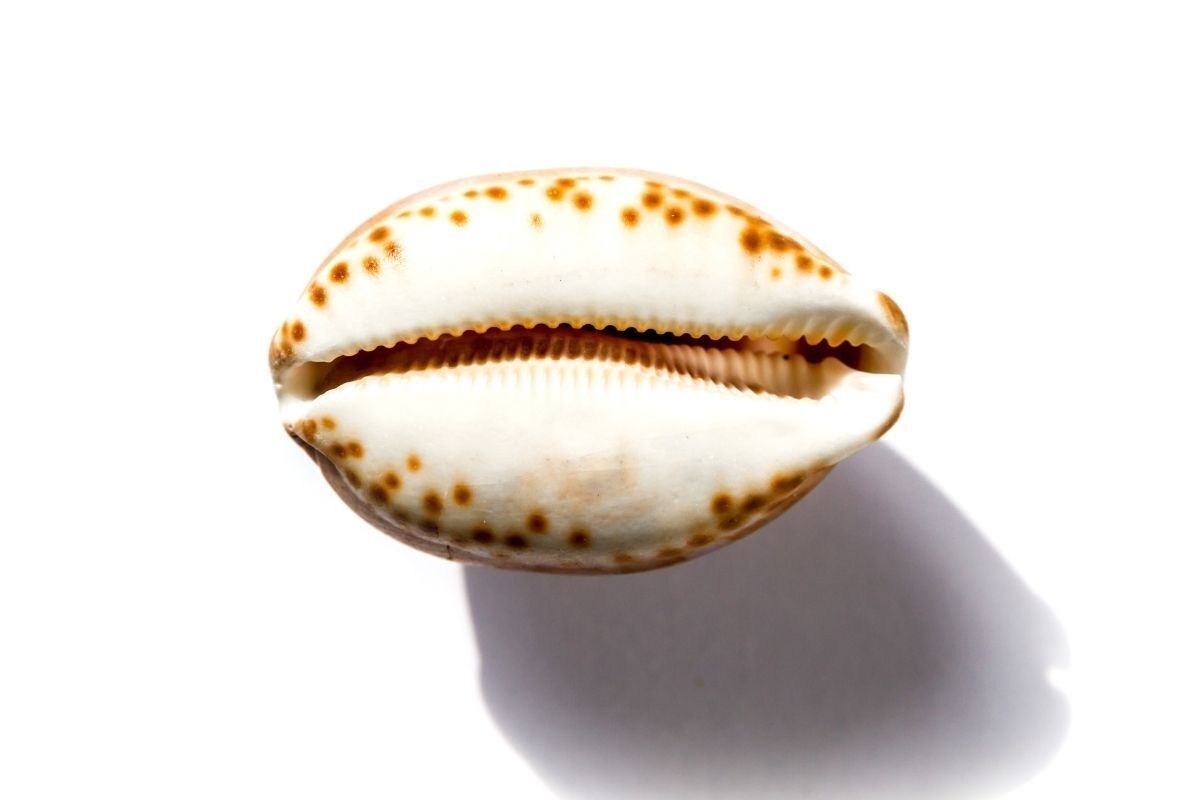
The Odu Obeogundá, also called Kalelogun, is an odu of the ifá oracle, represented in the Merindilogun with fifteen open shells and one closed shell, being the Odu of discernment. People with this Odu are valorous, combative and impartial. To know more, keep reading!
Regency
Obéogundá is ruled by Obá with the influence of Ewá. On the shells, Omolu, Ogun, Xangô, Obá, Yemanjá and Igbaadu are responsible for this Odu, representing the connection between the material and spiritual worlds.
In turn, Obeogundá, a male Odu, governs hearing. Among animals, this Odu is responsible for the survival of the species, as it symbolizes the struggle and sacrifice of males for the protection of females and offspring.
Color and element
Bright red, blue, black, white and gray are the colors of Obeogundá, the fifteenth Odu of the Ifá Oracle. Composed of the element of fire over water, with predominance of water, Obeogundá means dynamism.
It is represented, esoterically, by a square within a circle. The square symbolizes everything we know. The circle, in turn, symbolizes the occult and that which is still a mystery.
Features
People of the 15th Odu are hardworking and industrious and are successful in small businesses. They usually have total command of the situation and are extremely selective, especially when it comes to relationships.
Because of its dynamism, this Odu influences the human body incisively and if it is in the negative, it can cause excess in physical activities. It also signifies stagnation in the various areas of life.
Odu 16 Alafia
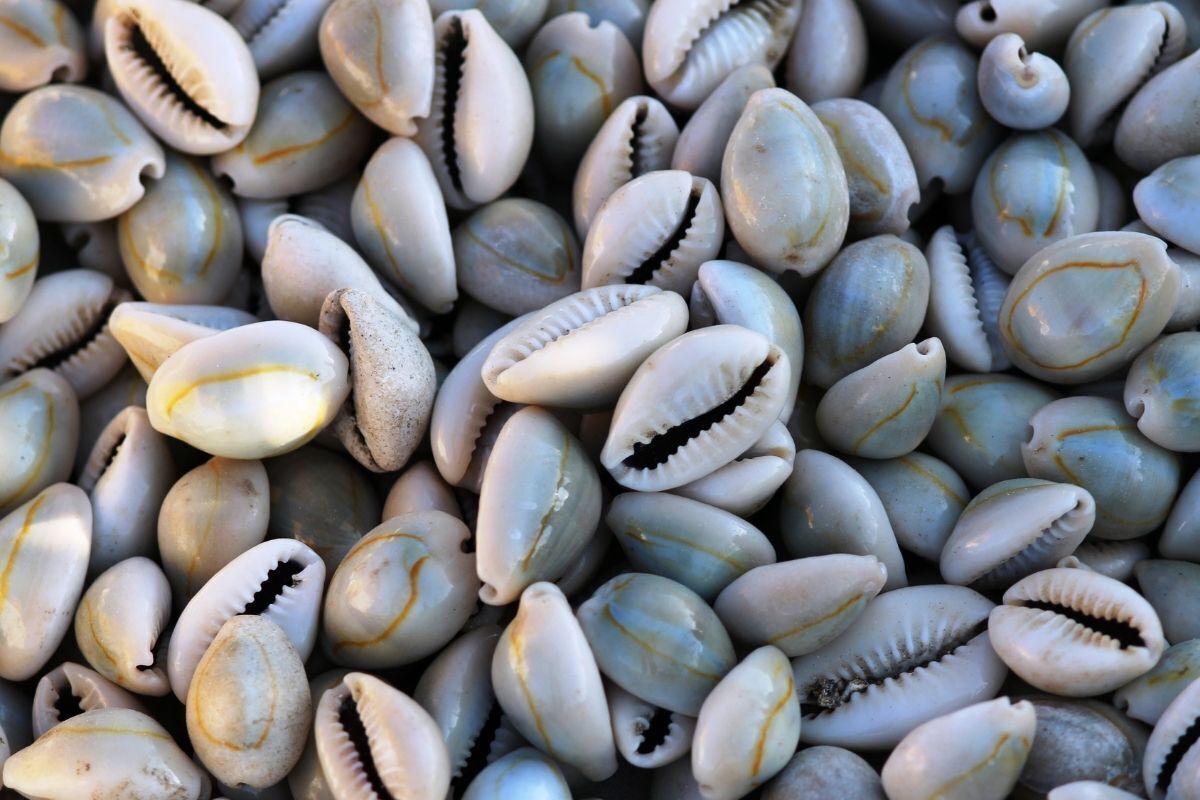
With all sixteen shells open on Merindilogun, the last Odu signifies peace. Odu Aláfia Êjibé, or simply Aláfia, represents light, joy, truth, prosperity, health and longevity. Below, see all the characteristics of this last Odu from the Ifá Oracle!
Regency
Ruled by Ifá itself, Aláfia has Orumilá as his correspondent in the game of shells. Orumilá, Obatalá, Oduduwa, Elegbá, Age and Saluga are responsible for him in the other falls.
Saluga is the daughter of Yemanjá and Olocum, owners of the sea. Aláfia rules all human races, except the black one, and is responsible for general health. He is also owner of the artistic vocation, influenced by sentimentality.
Color and element
Composed of the element of air over fire with predominance of air indicating hesitation, Alafia has water as its essential element. It is a feminine Odu, symbolized esoterically by a human bust.
This bust is presented dressed in Nahwâmi, currently known as "Kansã", which is worn in Abomehy only by the king's ministers. Abomey is the supreme "family" of ancestor and original Orixás, who were divinized.
Features
Those born under the protection of Alafia always need a lot of spiritual guidance and are usually well off in life. They possess progress, prosperity, riches and love. They are calm and tend to have, throughout their earthly life, a lot of peace and tranquility.
However, when negative, Alafia can bring lack of determination and character. To neutralize the negative energies of this Odu, its natives are recommended to wear white clothes every Friday and gifts and offerings always on the account of the 16th.
What happens when the odu becomes negative?
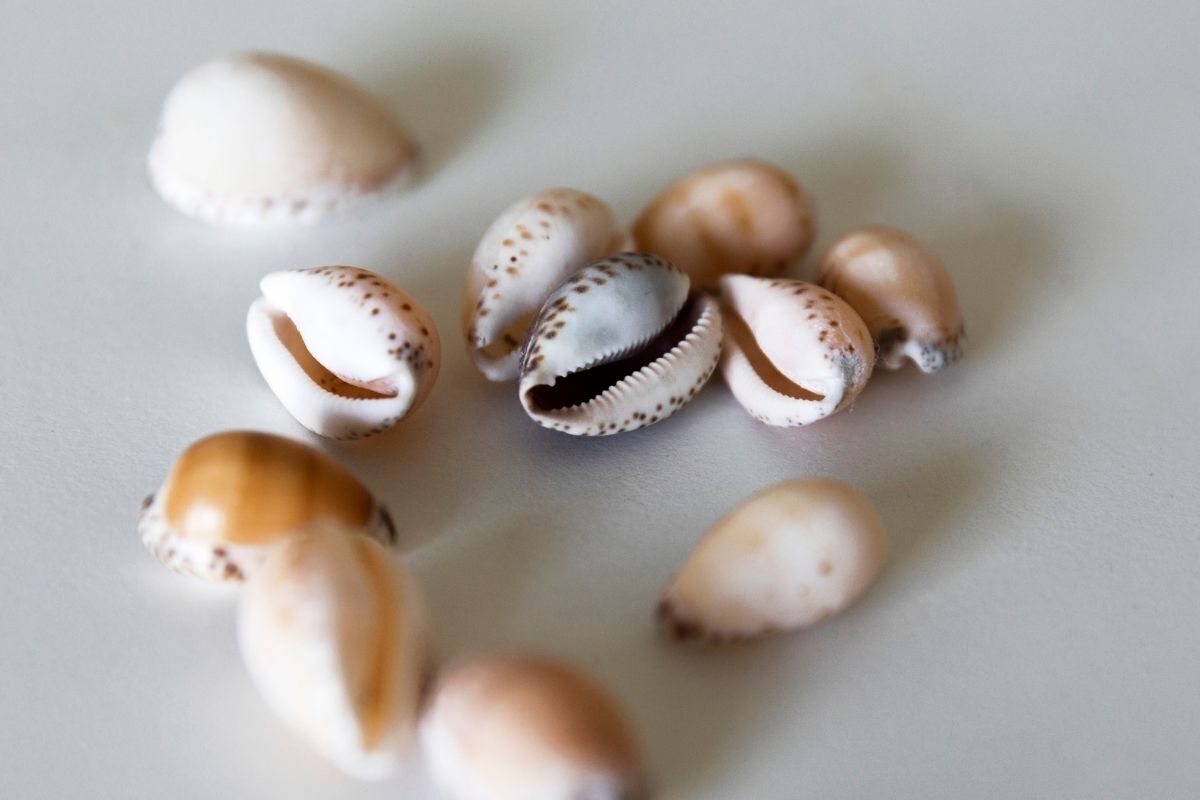
As we have seen in this article, when the Odu is in Osogbo, it can indicate difficulties in life's journey. However, for the religions of African origin, being in negative does not necessarily mean problems. According to the Yoruba interpretation, Ire and Osogbo are two opposite universal forces that need to be in balance.
Therefore, the Odu in Osogbo generates a tendency to attract negative energies, enabling the predominance of the negative points of the personality and causing imbalance. That is why, depending on the Odu, difficulties can arise in all areas of life.
Thus, the balance of these forces is conquered from some spiritual care, such as herbal baths, offerings and gifts, discharges and cleansings for protection. But everything must be done from the priest's guidance and the game of conch!

